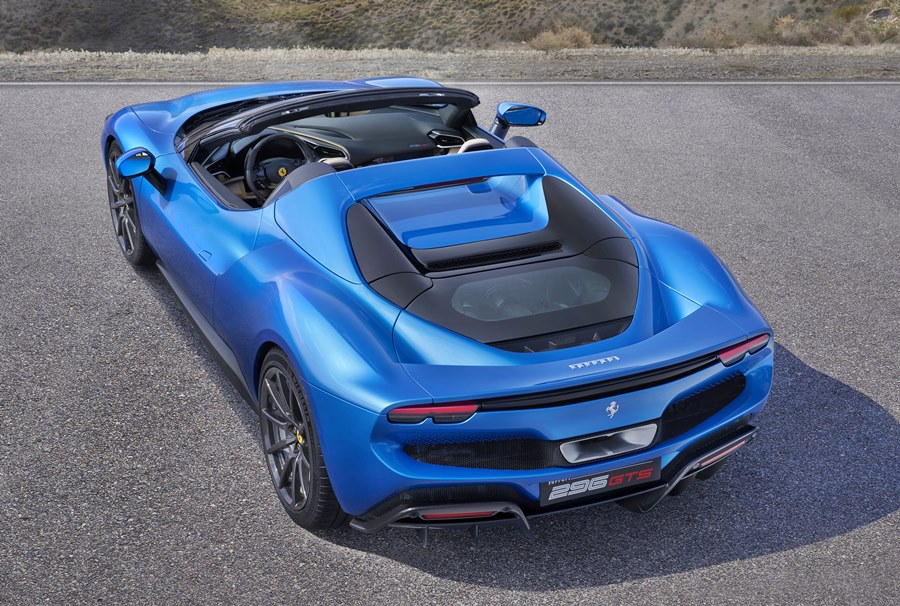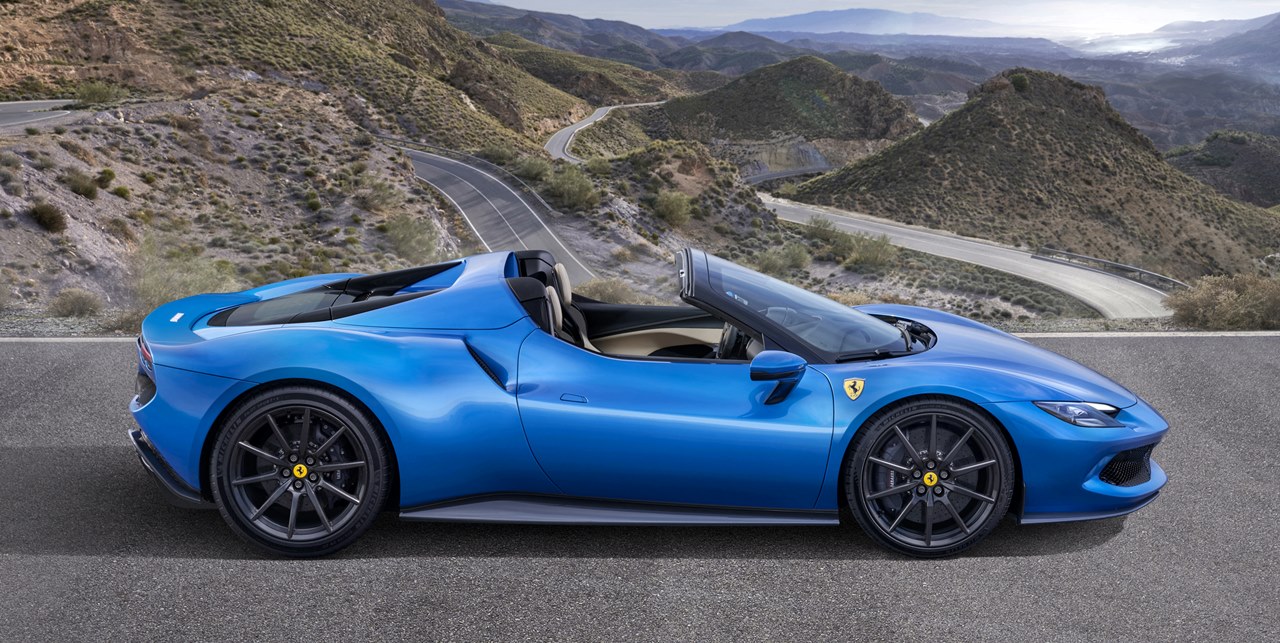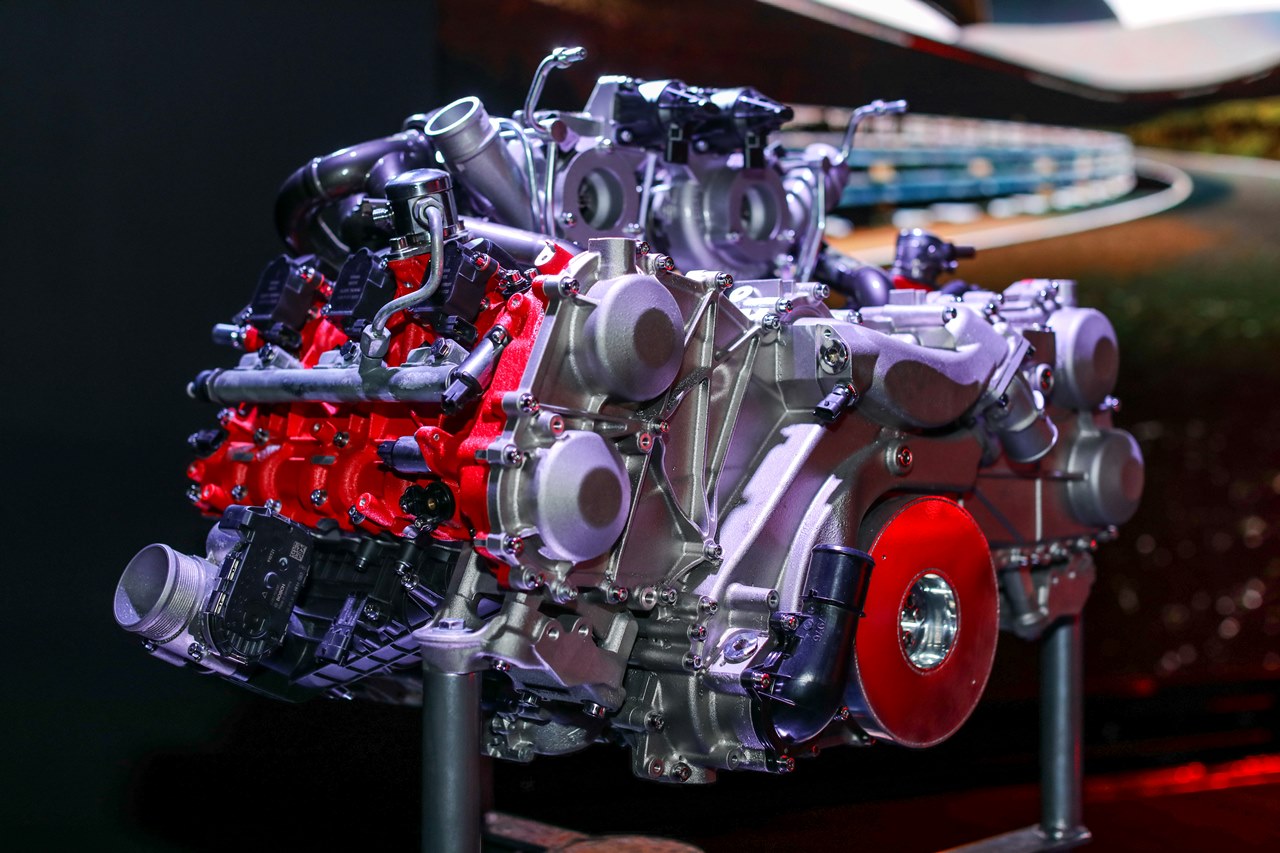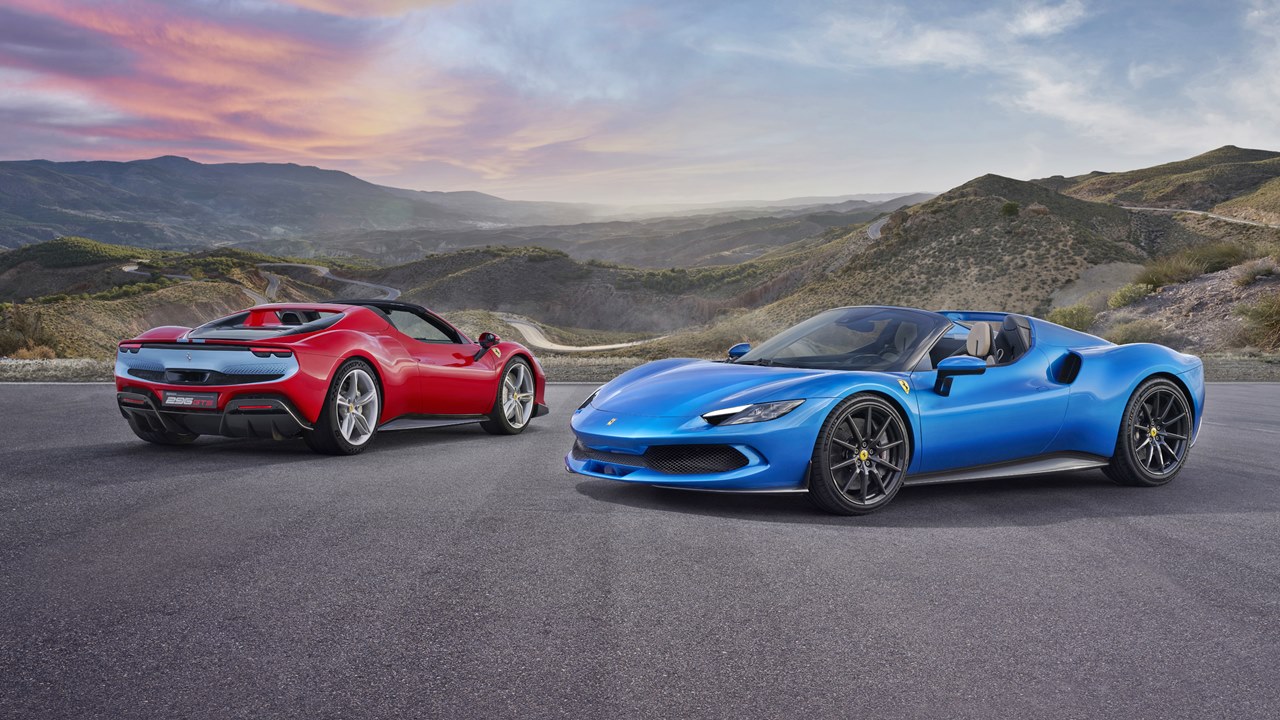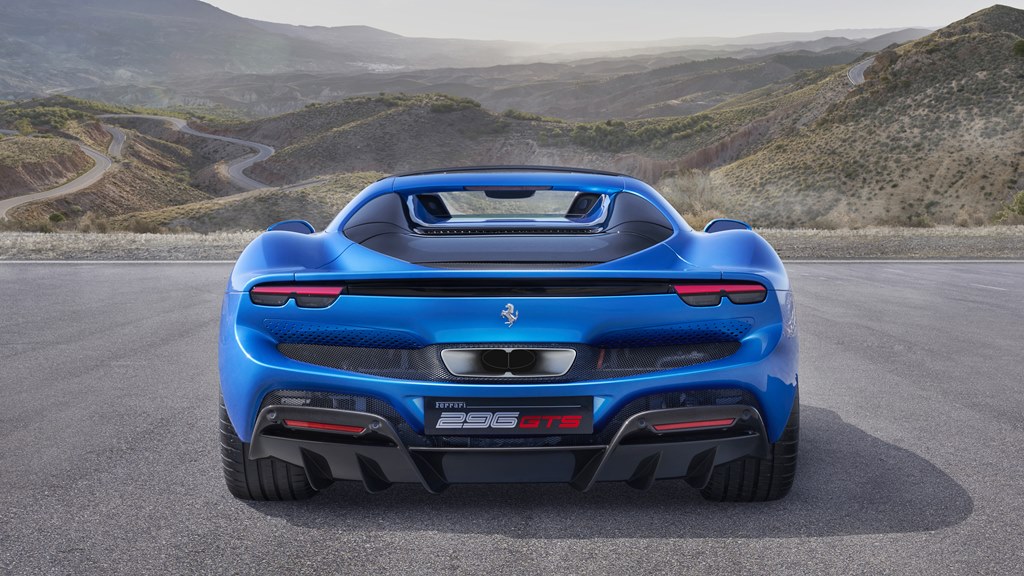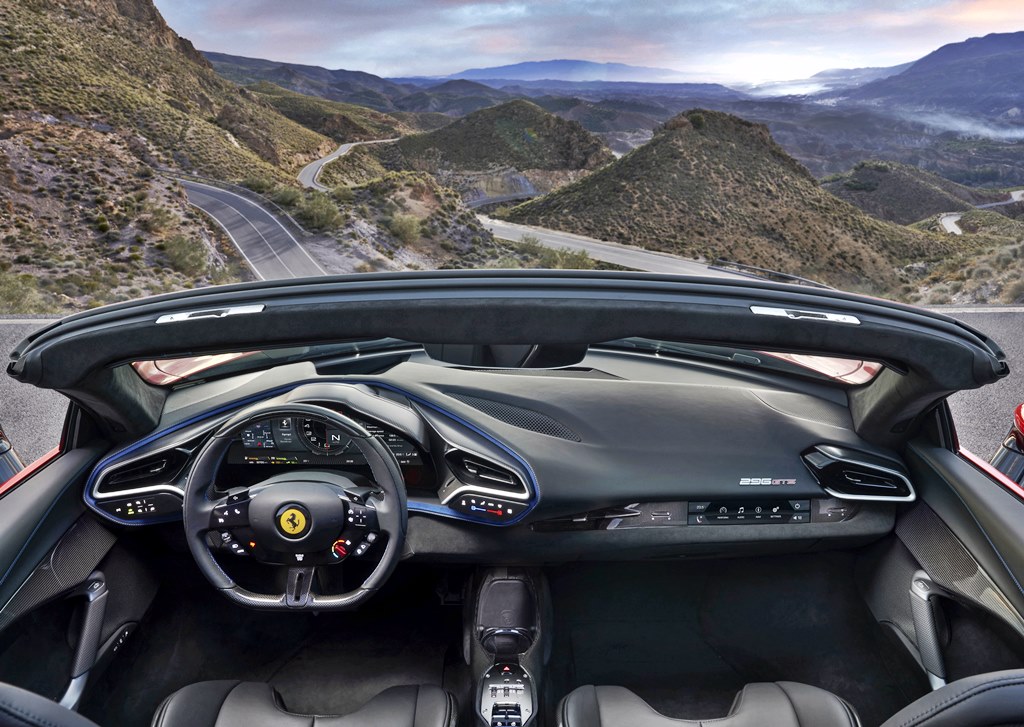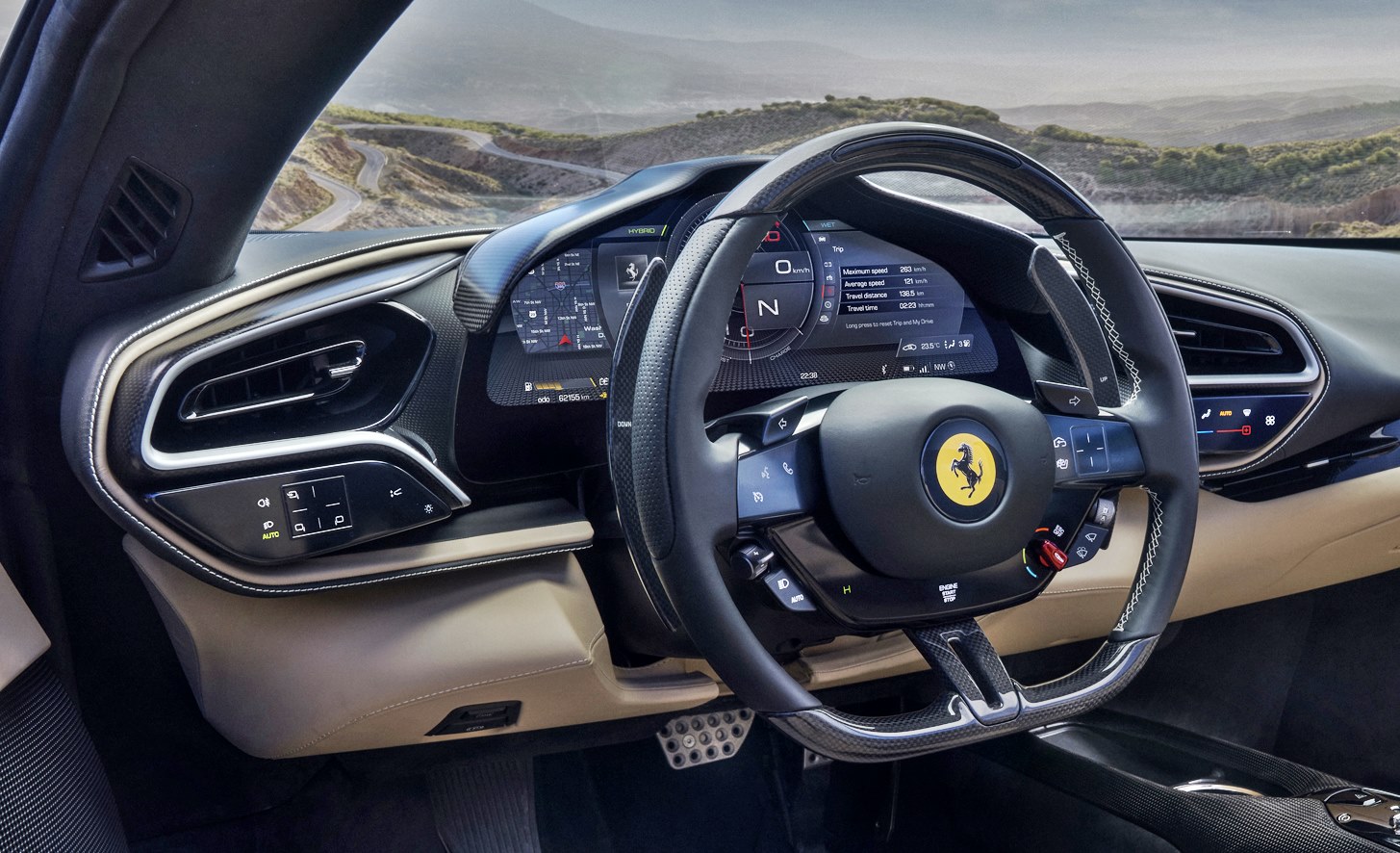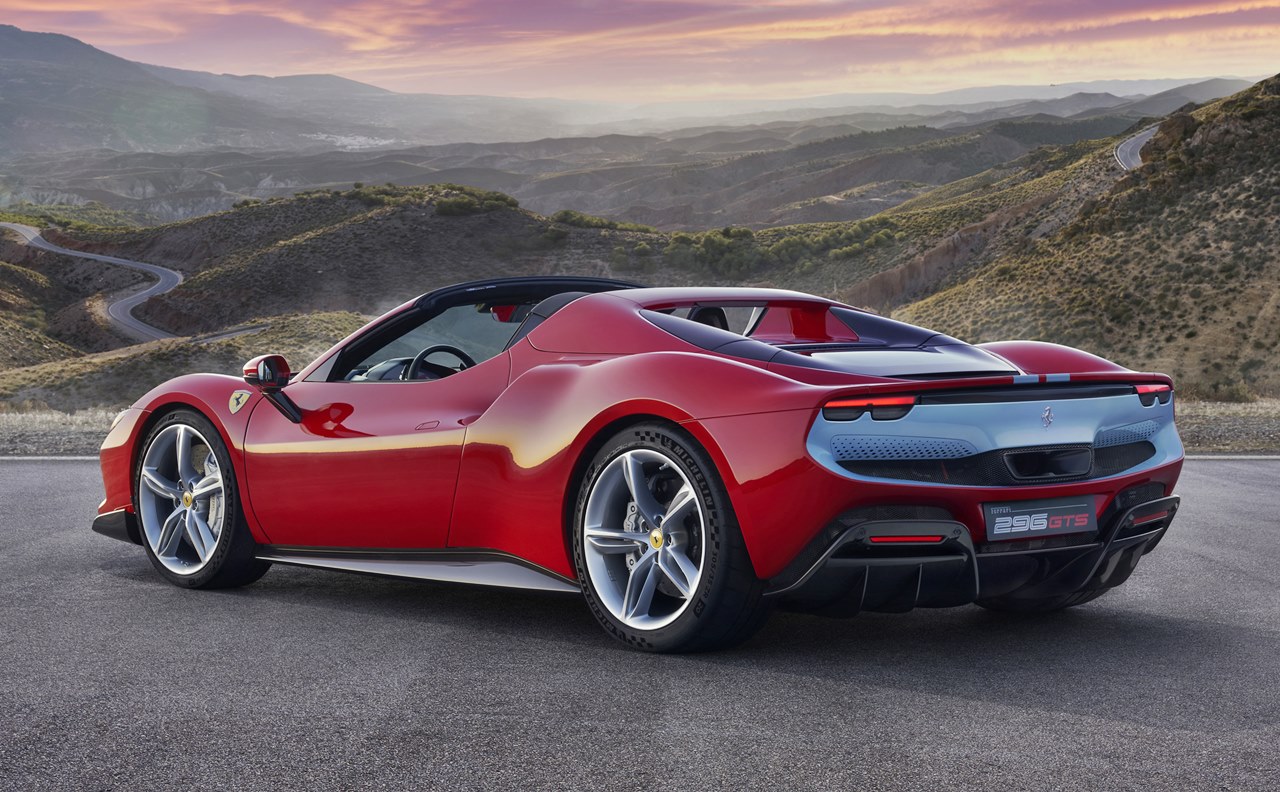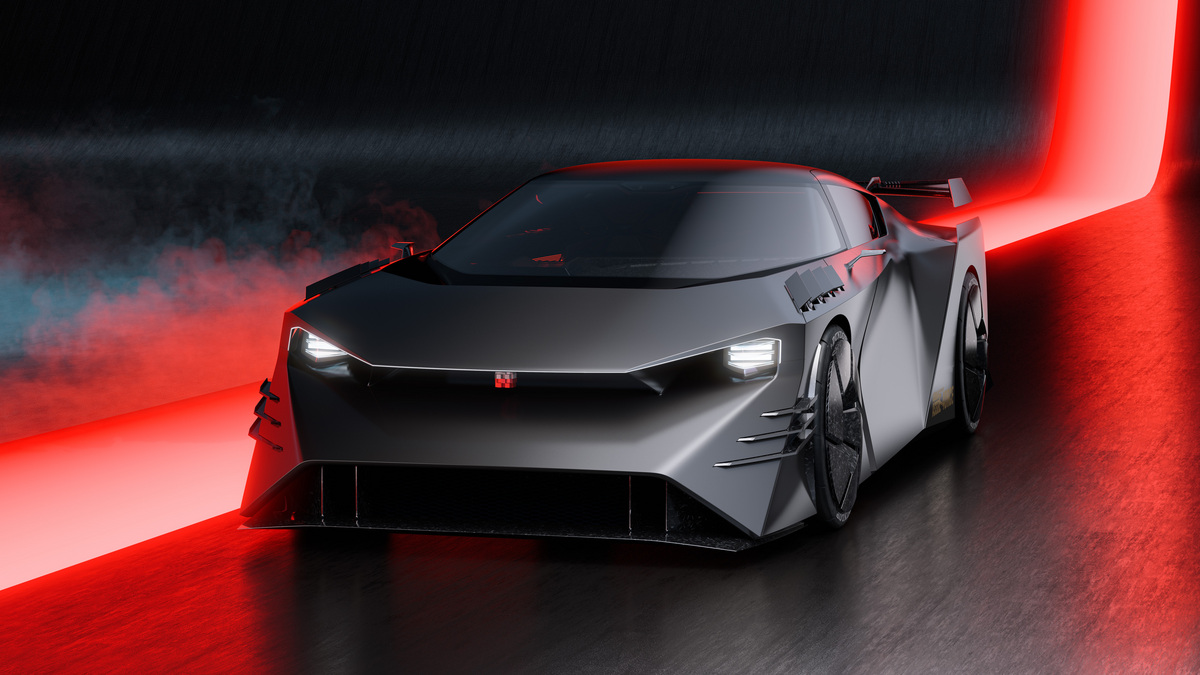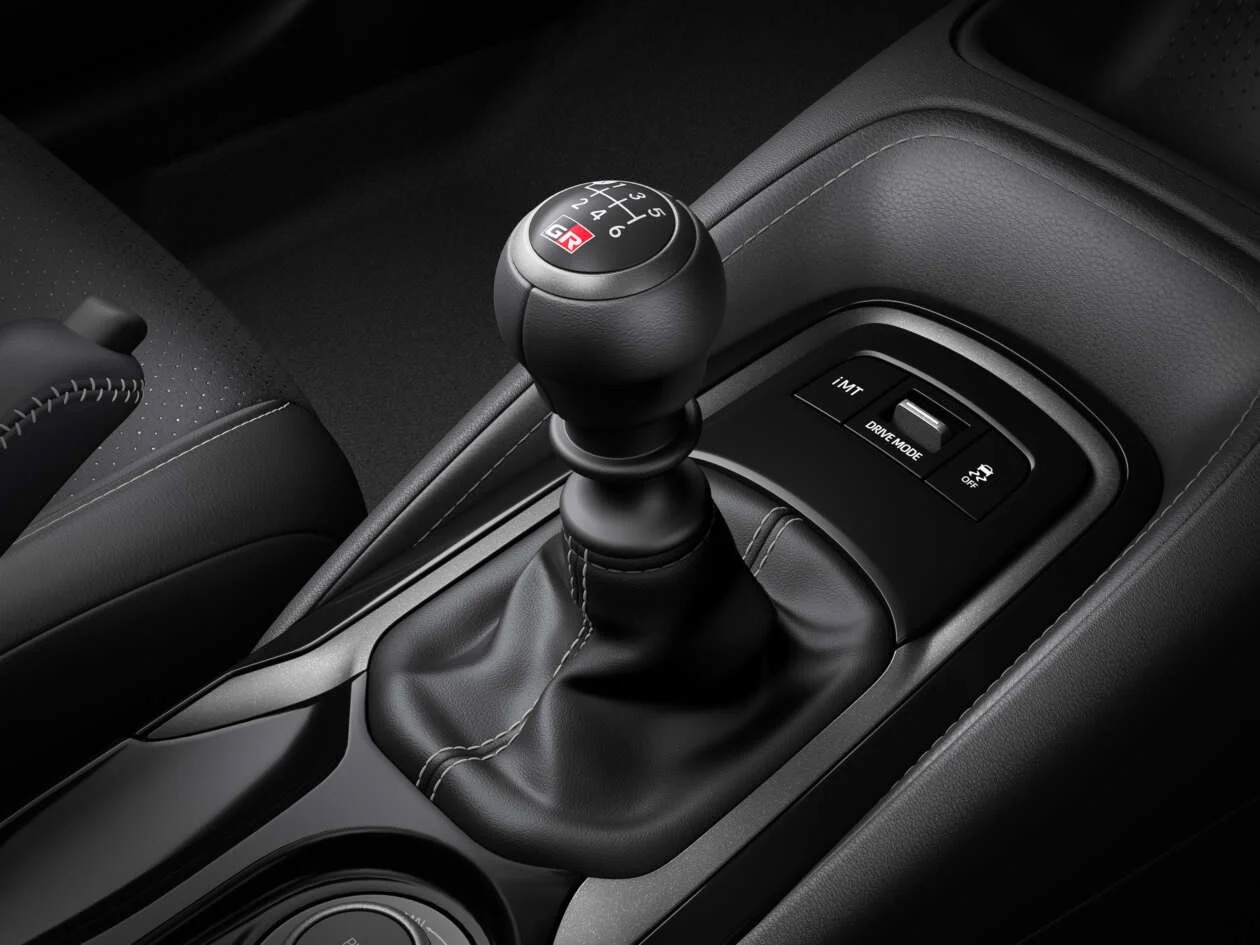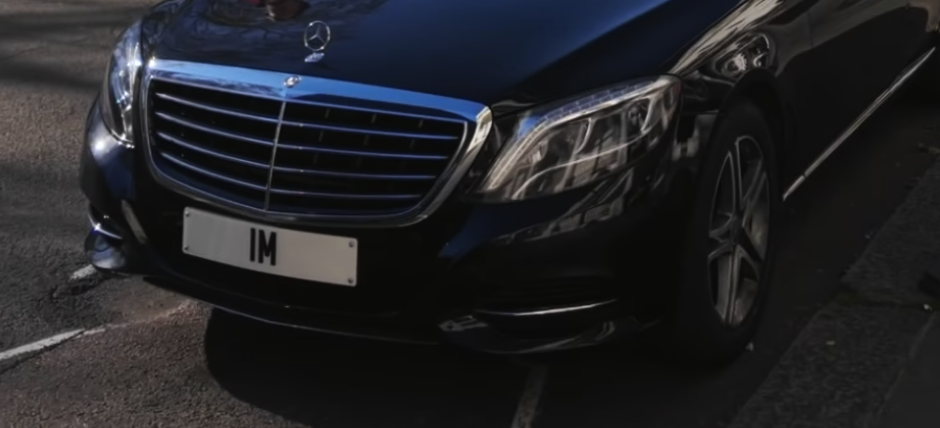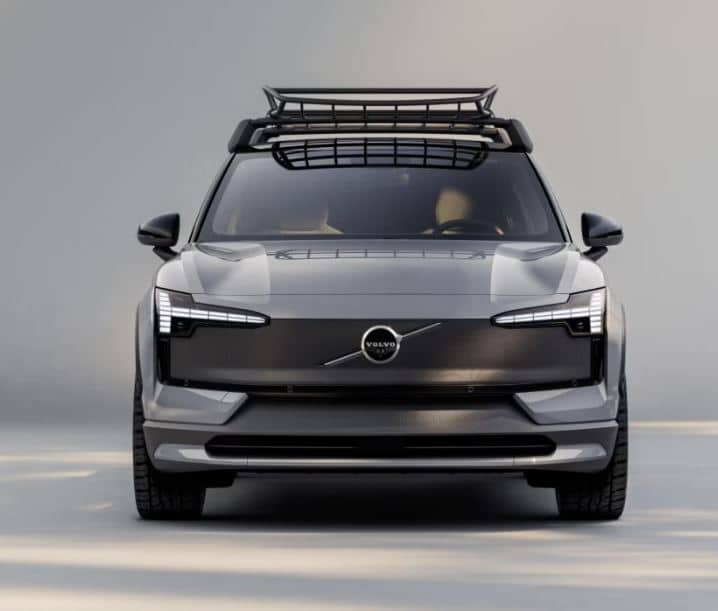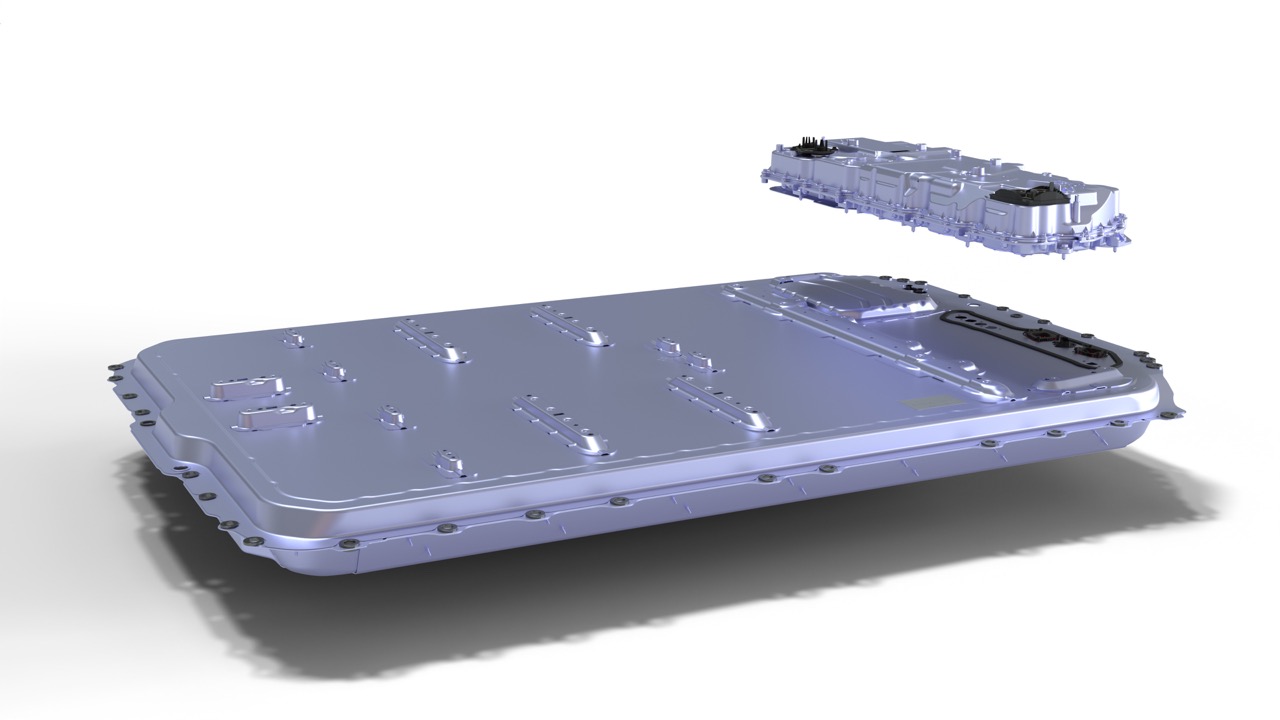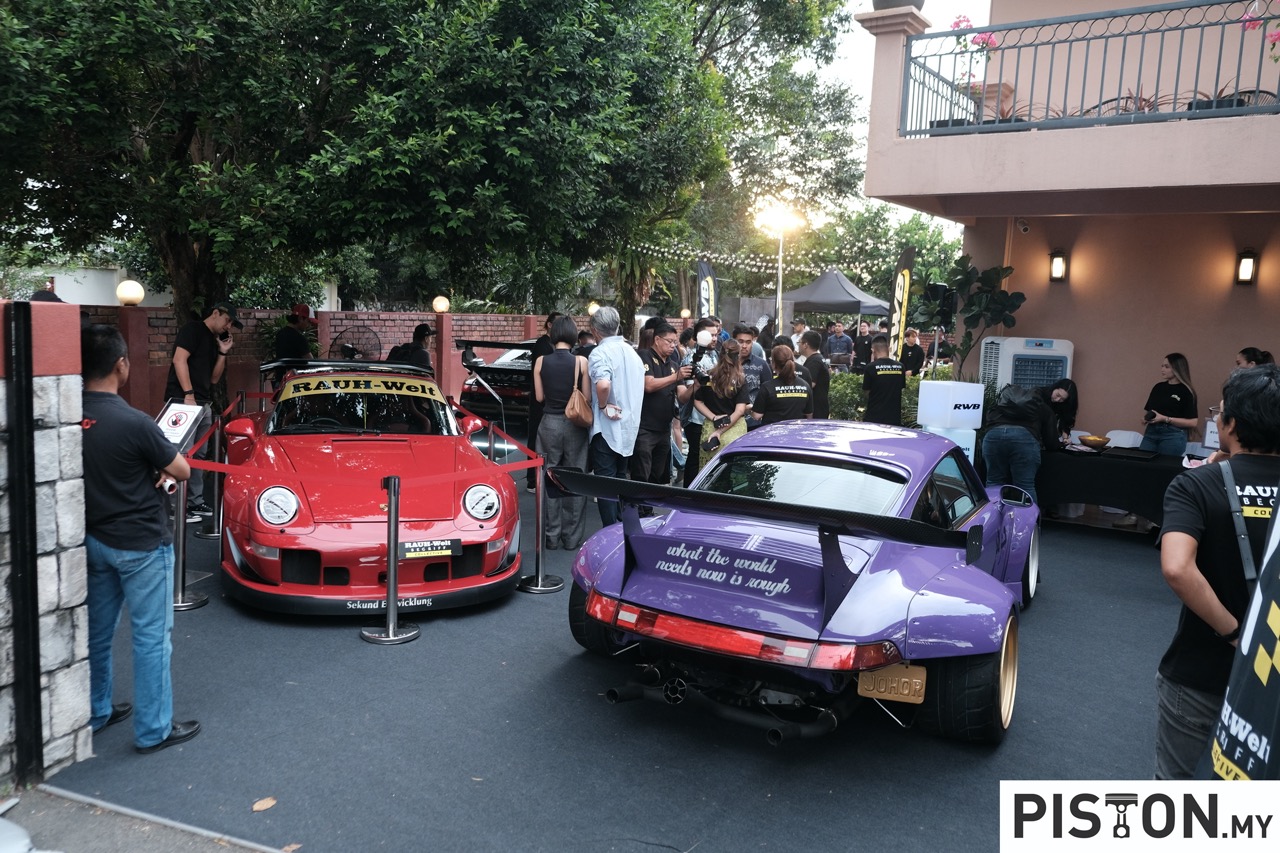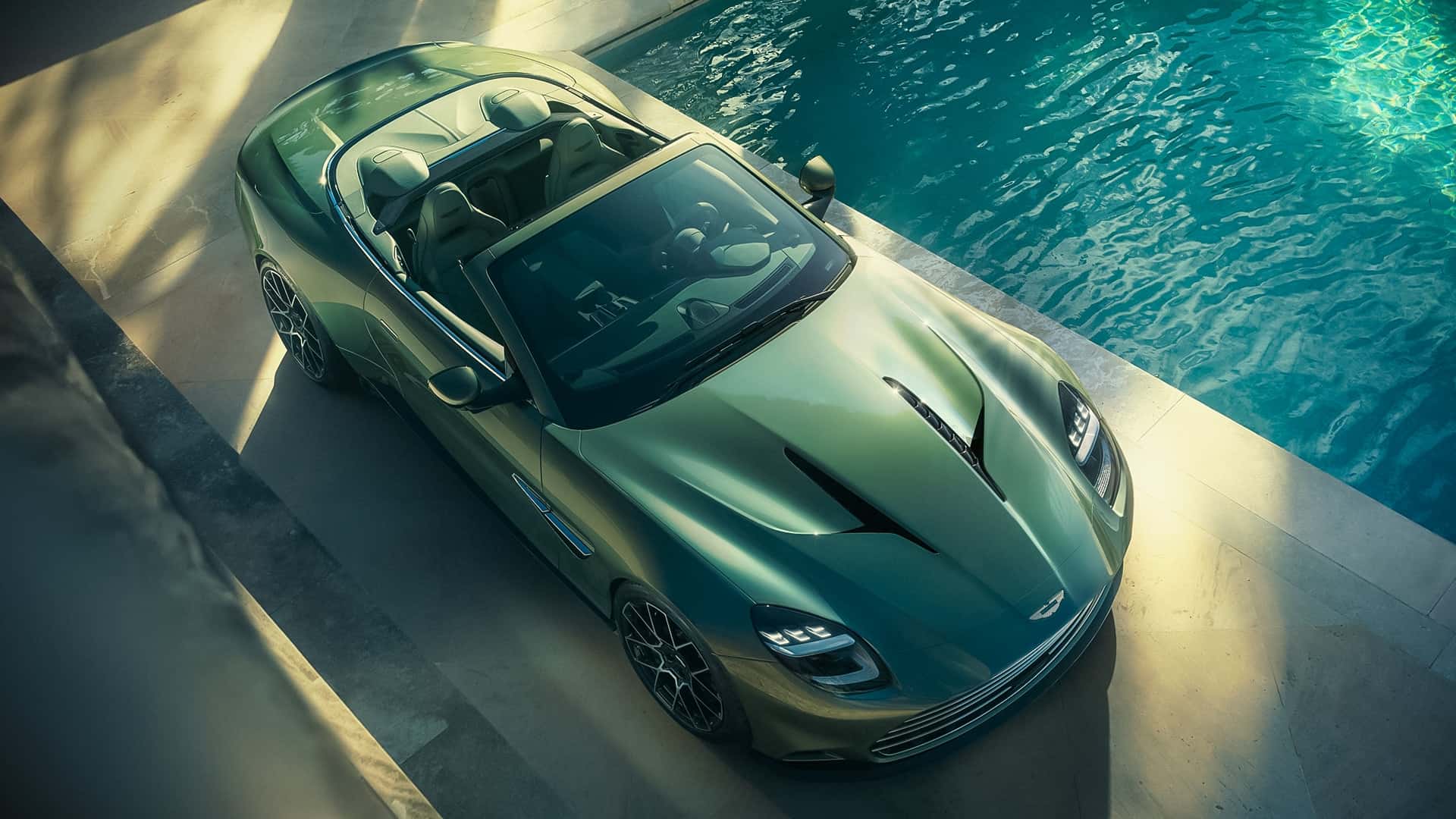Perhaps our climate is not the best for open-top motoring but in other places in the world, conditions are perfect for driving around with the top down and there’s enough demand for convertibles that manufacturers still offer them. The Ferrari 296 GTS is the latest convertible to join the list, offering those who want a topless version of Ferrari’s mid-rear-engined PHEV a factory-built model.
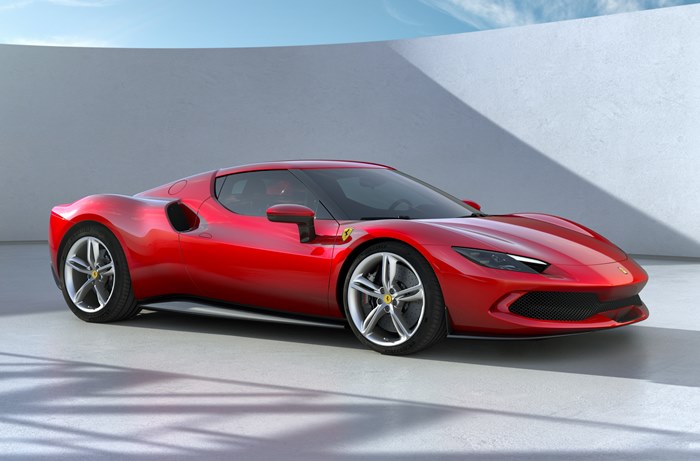
As explained before with the report on the 296 GTB, the engine is a new V6 unit and the first 6-cylinder engine installed on a road-going spider from Ferrari. While it’s not Ferrari’s first V6 (the first one was in the 1957 Dino 156 F2), it does usher in a new V6 era for the company. Total system output from the 2992 cc turbocharged engine is 830 ps/740 Nm, of which 165 ps comes from the electric motor.
This is the first ever Ferrari spider with a rear-wheel drive-only PHEV architecture in which the engine is integrated with a rear-mounted electric motor. This is derived from Ferrari Formula 1 racing cars and communication between the motor and engine is via the Transition Manager Actuator which allows them to run together efficiently and optimally.
Although the 296 GTS is about 70 kgs more than the 296 GTB, the performance claims are pretty much the same – 0 to 100 km/h in 2.9 seconds and a top speed of 330 km/h, while the range from the 7.45 kwh battery is said to be good for 25 kms running on electricity alone.
As with the SF90 Stradale, customers who require more extreme power and performance, especially if they are going to be on the track, can take the Assetto Fiorano package which includes lightweight features and aero modifications.
From a chassis perspective, at 2600 mm, the wheelbase is 50 mm shorter than previous Ferrari mid-rear-engined berlinettas to the benefit of the car’s dynamic agility. The 296 GTB’s chassis was redesigned and optimised for the 296 GTS to improve torsional rigidity and bending stiffness compared to previous spider applications. This was achieved to the tune of 50% in the case of the former and 8% in the case of the latter.
The styling of the 296 GTS has kept the clean and sophisticated lines of the 296 GTB. There was, of course, a clear focus on minimising the impact of any modifications on the exterior bodywork, always a challenge for a convertible variant. With the RHT stowed, the sleek silhouette remains very similar to that of the 296 GTB.
The need to stow the RHT (Retractable Hard Top) inside the engine compartment required the creation of a new tonneau cover design. While on the 296 GTB, the engine bay is completely horizontal and dominated by two flying buttresses in a nod to the 250 Le Mans, the 296 GTS’s tail is absolutely unique.
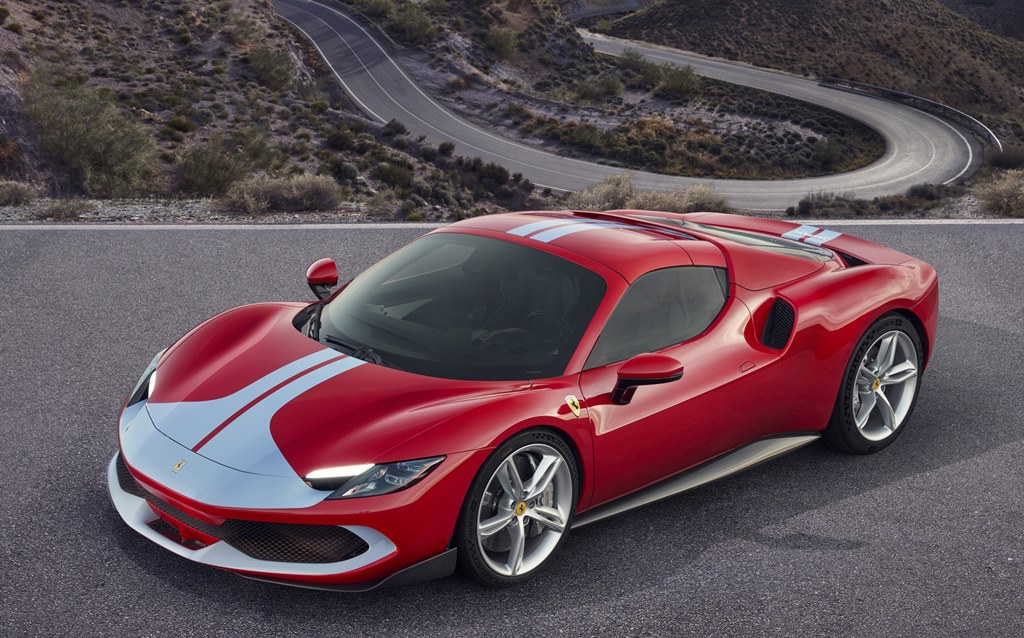
As is the case with the 296 GTB, a dominant feature of the car’s architecture is the signature ‘aero bridge’. The overall effect is of an extremely compact cabin effortlessly integrated with the wings and flanks. The buttress theme is further enhanced by contrasting sculpted extensions that frame the engine cover screen and integrate the novel fuel filler and battery charge covers, avoiding architectural disharmony.
The lightweight RHT takes 14 seconds to retract or deploy at speeds of up to 45km/h. The separation line between the car’s body and the roof is above the B post. As a result, the folding roof splits into two sections that fold flush over the front of the engine, thus maintaining the engine bay’s thermal dissipation characteristics and the balance of the overall design. This also allowed the designers to introduce a window in the rear section of the engine cover through which the new V6 is clearly visible.
The 296 GTS has several radical and innovative solutions with regard to aerodynamics which have turned the active aero paradigm, introduced from the 458 Speciale onwards, on its head. The car has an active device used not to manage drag but to generate extra downforce. The LaFerrari-inspired active spoiler integrated into the rear bumper allows the 296 GTS to generate a high level of rear downforce when required (up to 360 kgs at 250 km/h with the Assetto Fiorano package).
The aero development work done on the 296 GTS means that even in low-drag configuration the car can deliver more downforce than previous applications. In high-downforce configuration, there is an additional 100 kgs in downforce, thanks to the active spoiler.
The rear diffuser has a very clean, linear design with a central channel that makes it possible to modify the direction in which the airflow sucked along the underbody is released into the car’s wake. This contains the vertical expansion of the car’s wake and thus drag.
Turbulence in the cockpit area is something which convertibles cannot escape but thanks to modern solutions, this can be effectively reduced to make things comfortable for the occupants. For the 296 GTS, the geometry of the trim behind the headrests is optimised to channel as much of the air as possible towards the tonneau cover to reduce the amount of flow recirculating inside the cabin. Aerodynamic flaps have been integrated into the rear trim structure to reduce buffeting and increase comfort in open-top driving.
As with the 296 GTB, the 296 GTS’s cockpit was developed around the new concept of an entirely digital interface. From a formal perspective, when the engine is off, the onboard instruments go black for a minimalist look. Exclusive Italian leather trim to the seats and trim is further enhanced by the noble technical materials used on the functional components.
Ferrari has not announced how much the 296 GTS will cost, but it would certainly cost more than the 296 GTB which, in Malaysia, is priced from RM1.228 million.
Naza Italia introduces Ferrari 296 GTB PHEV, priced from RM1,228,000




